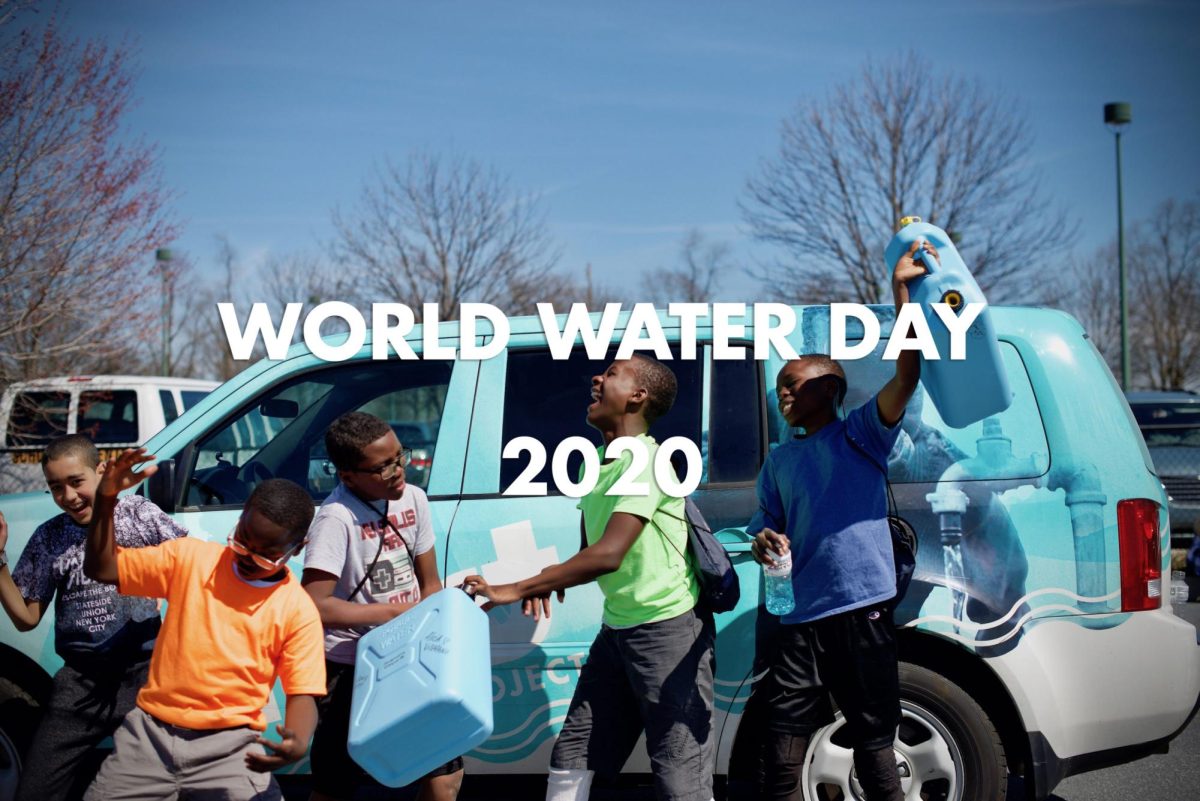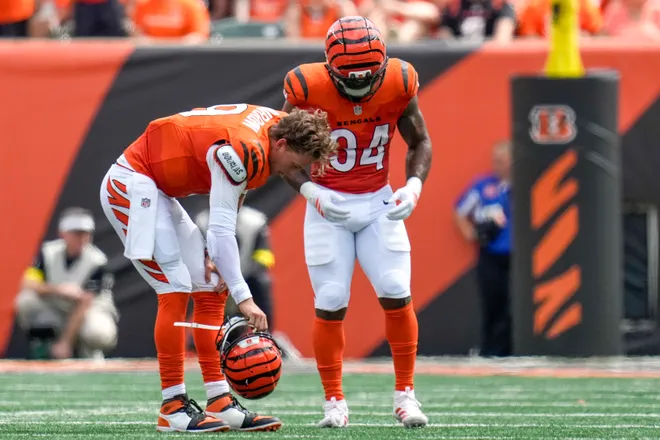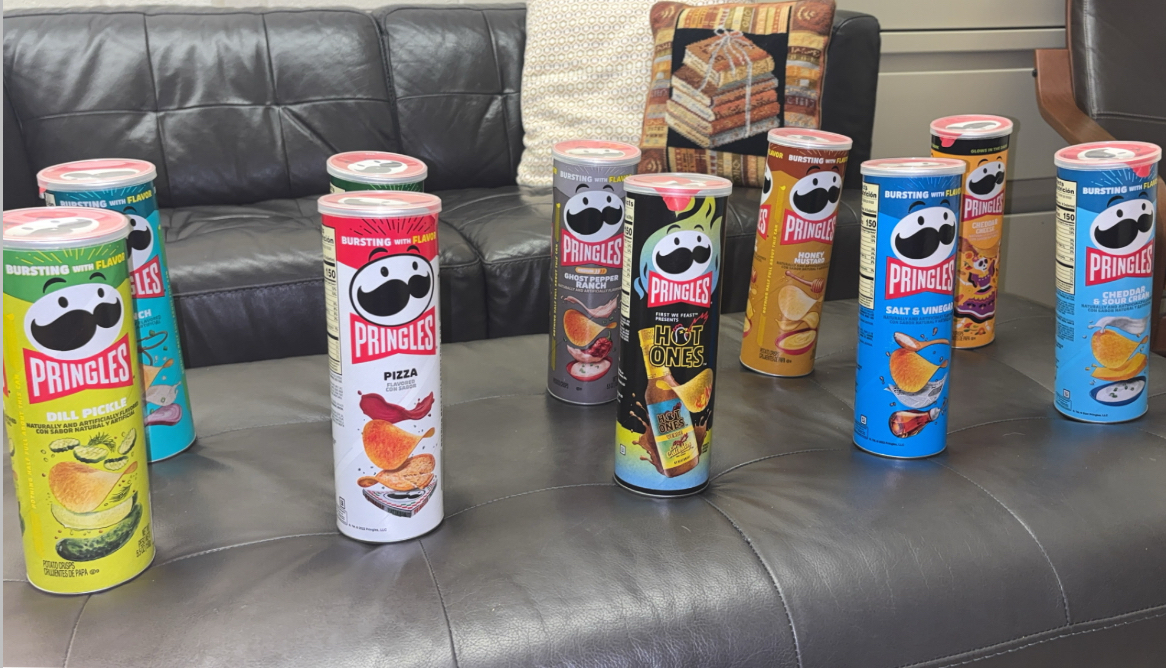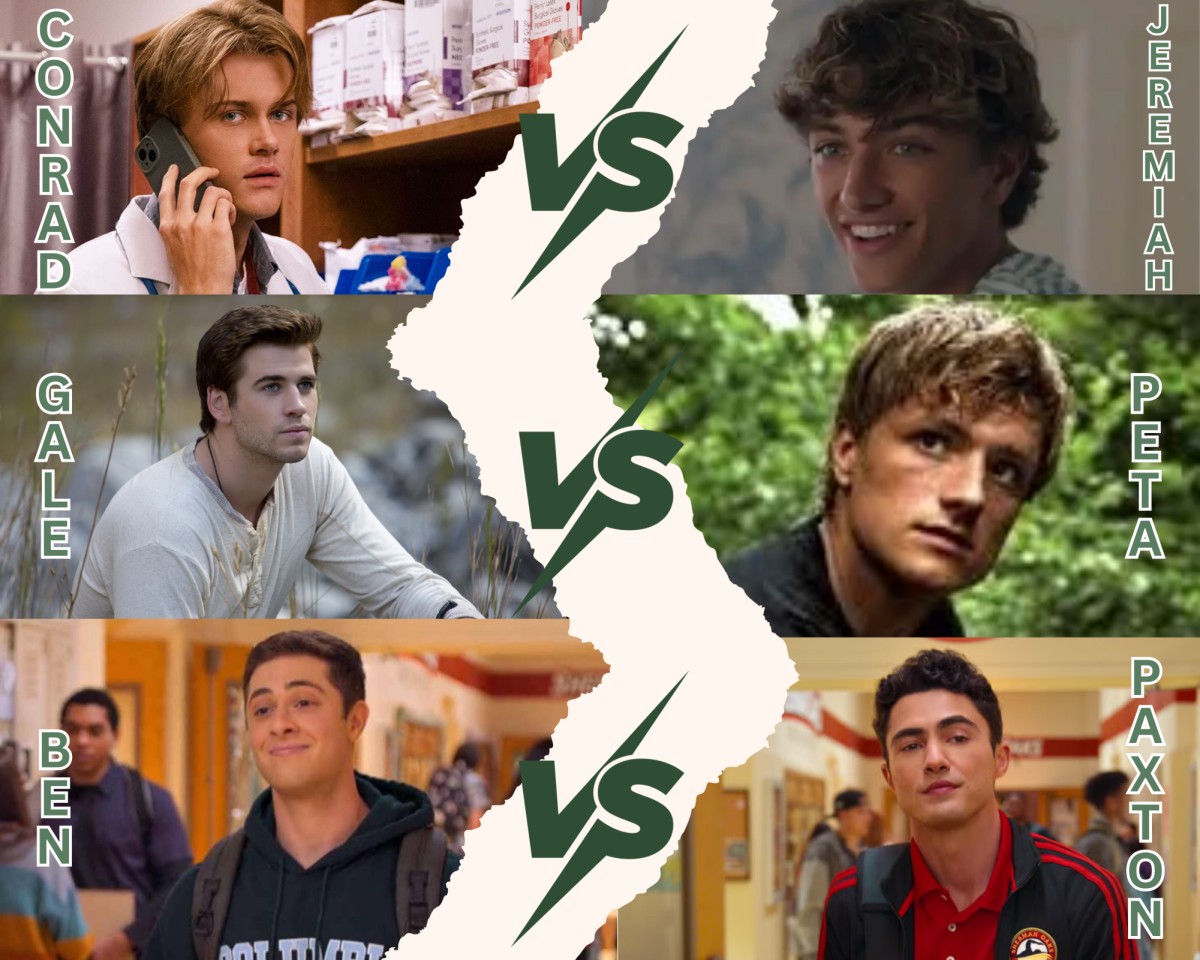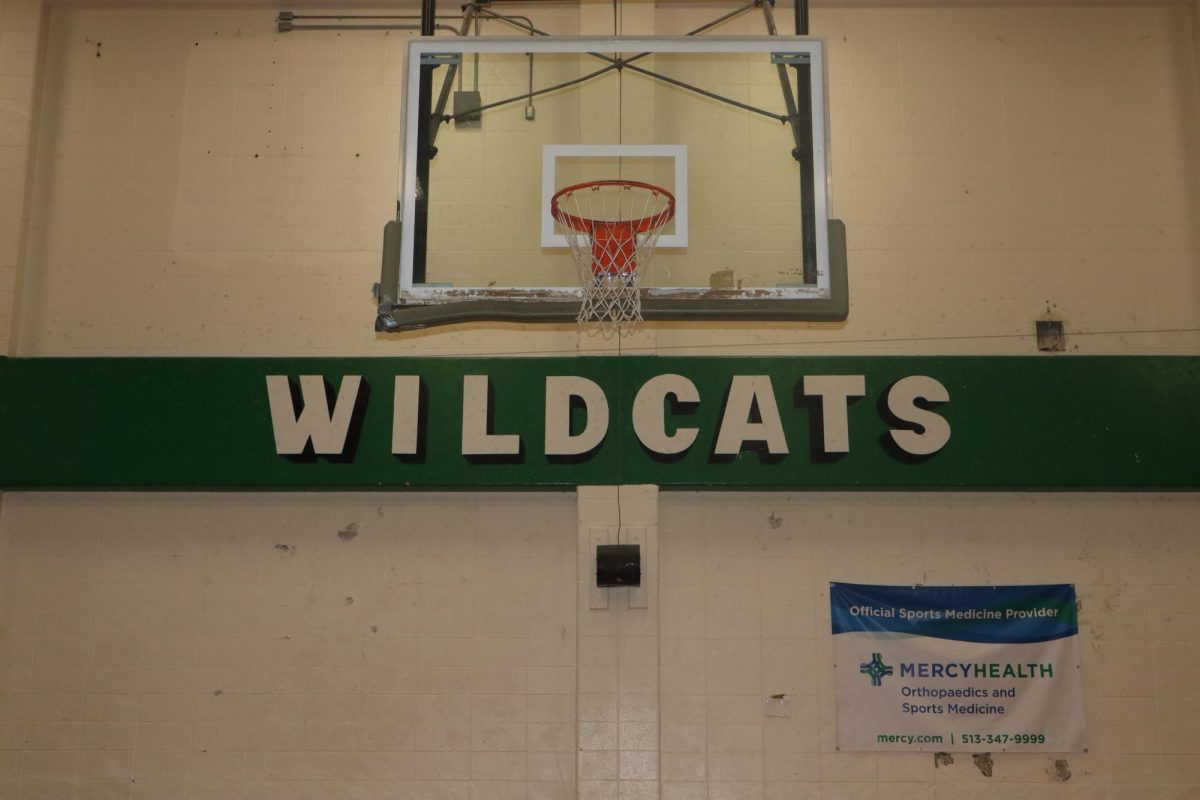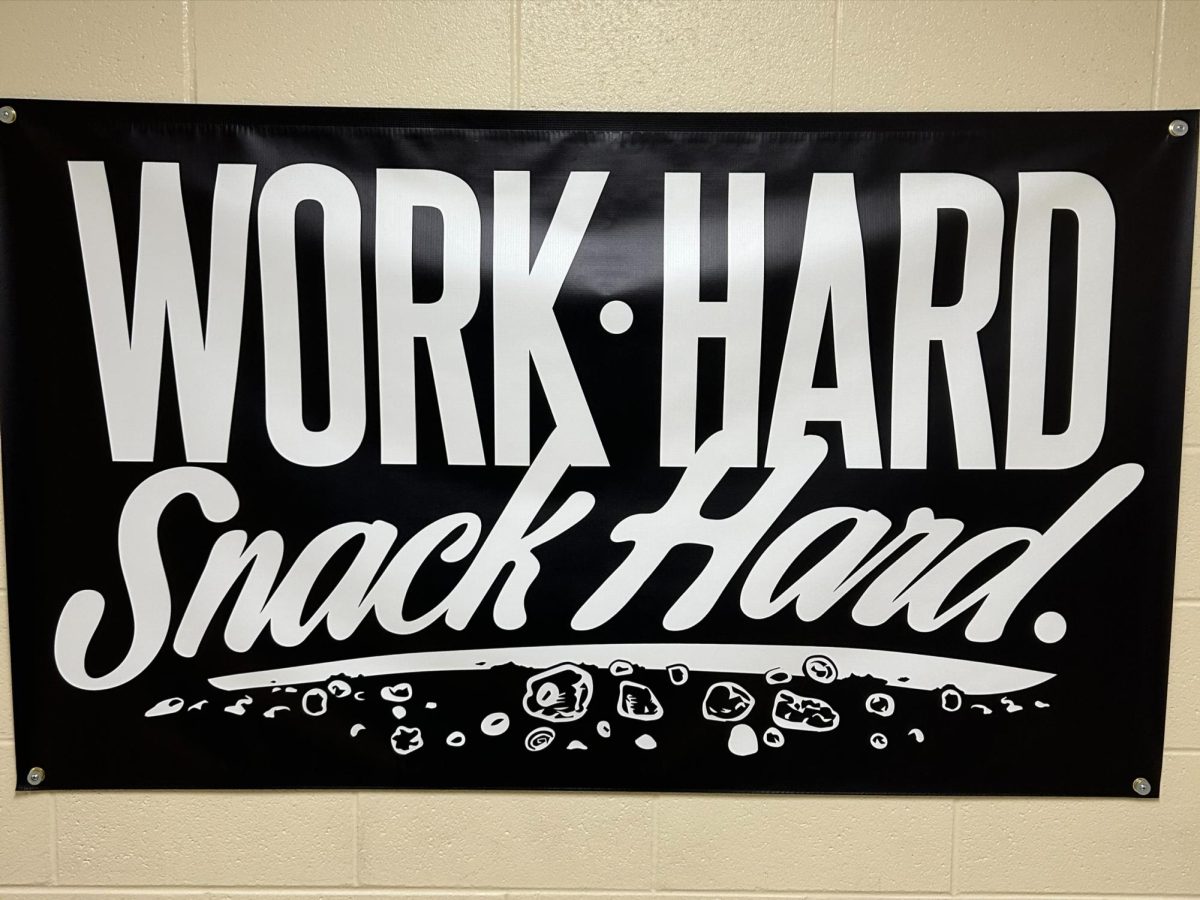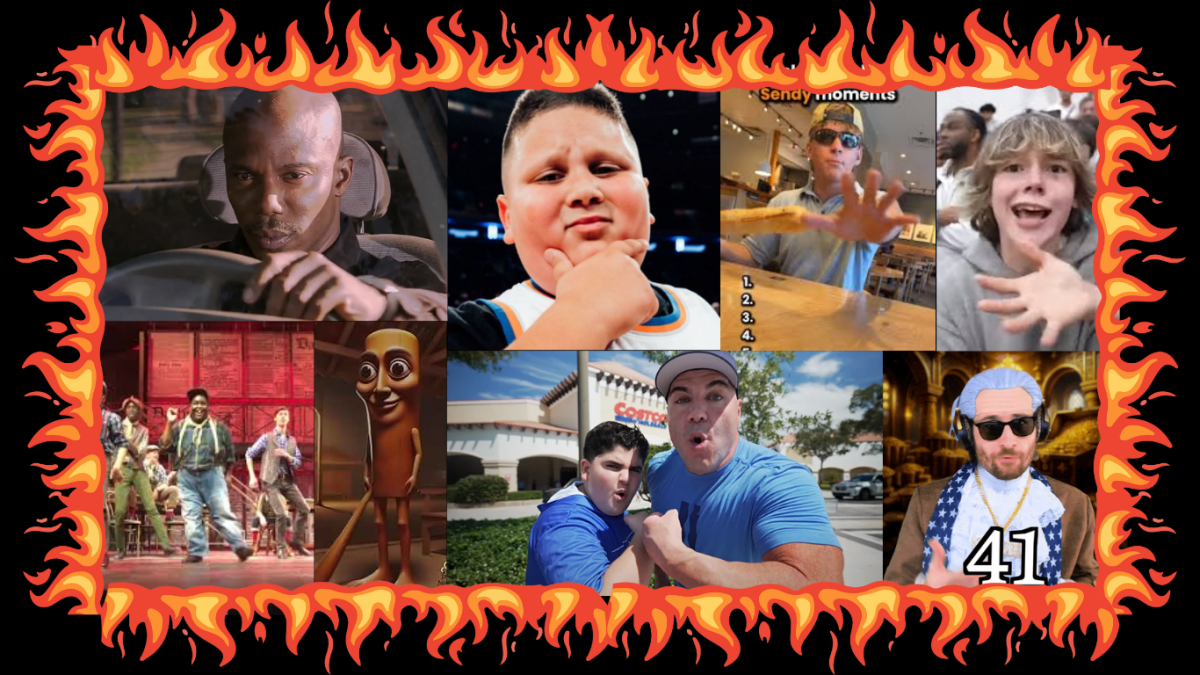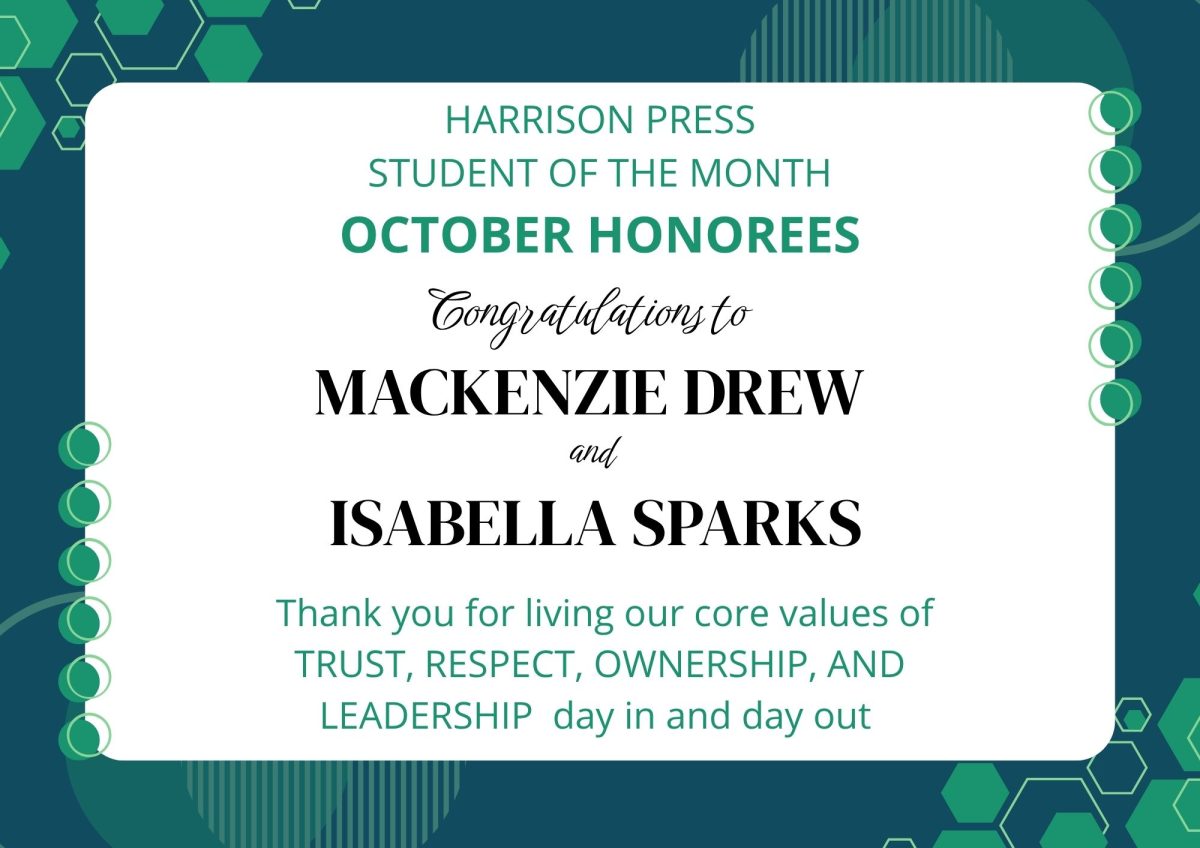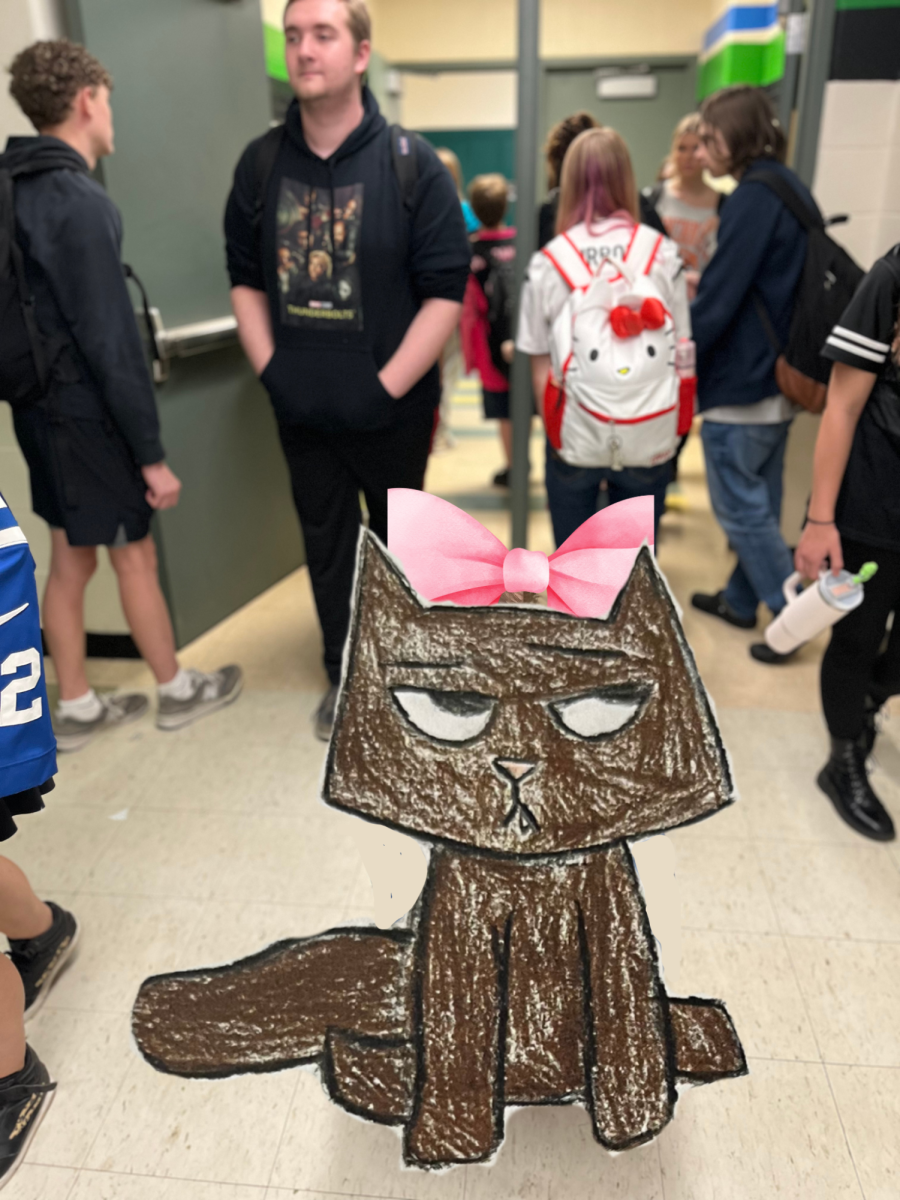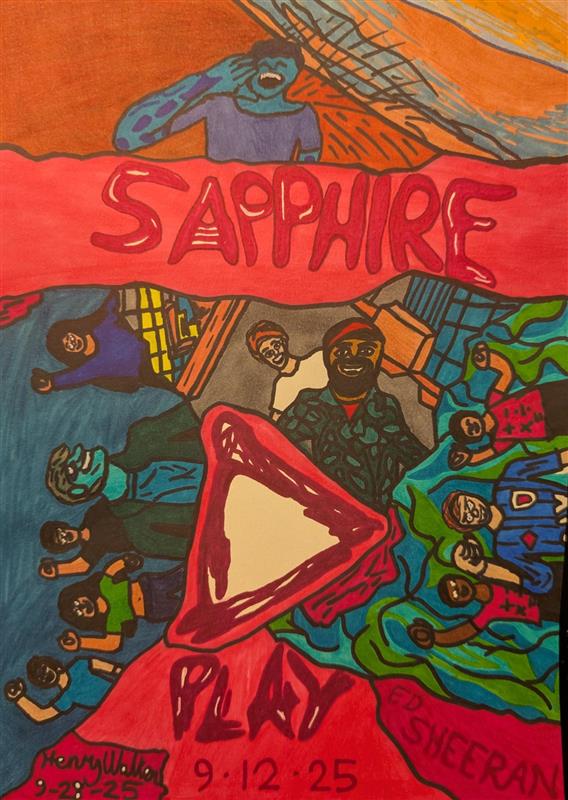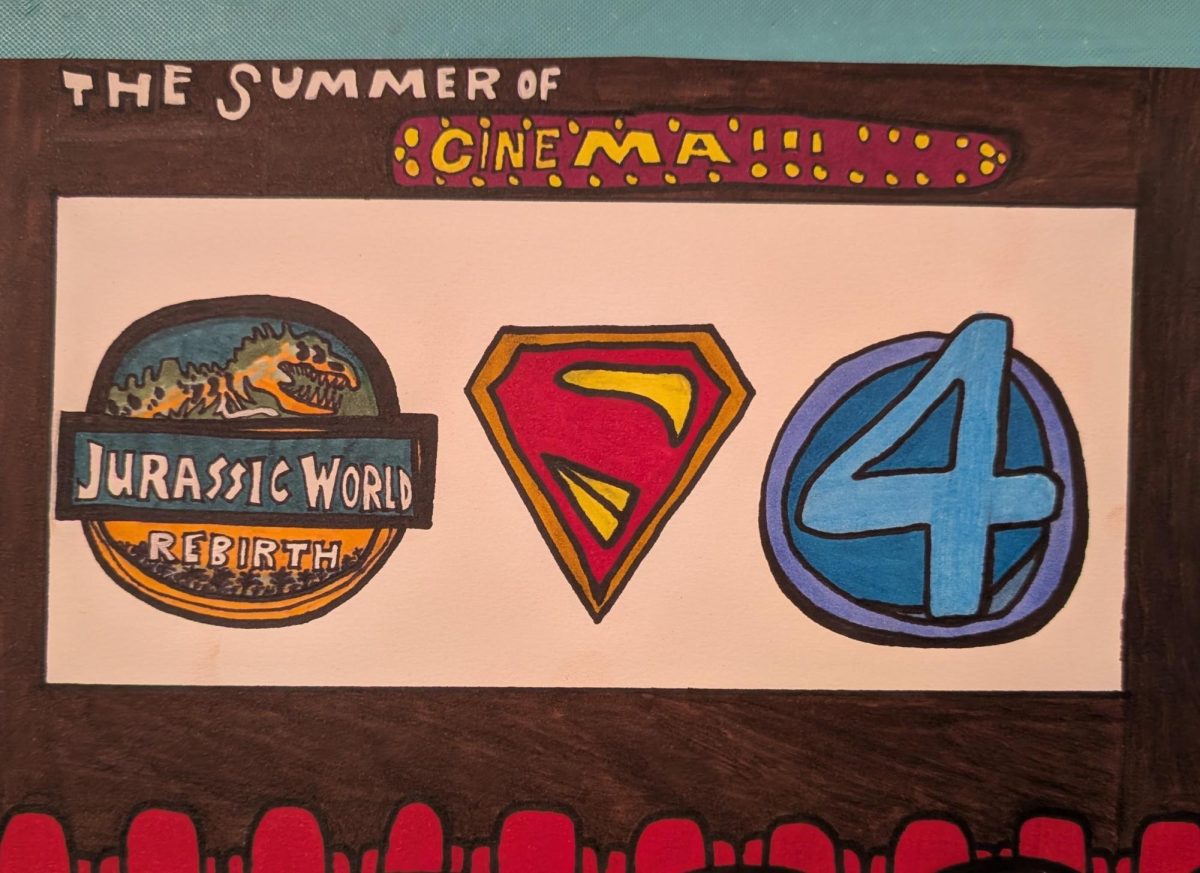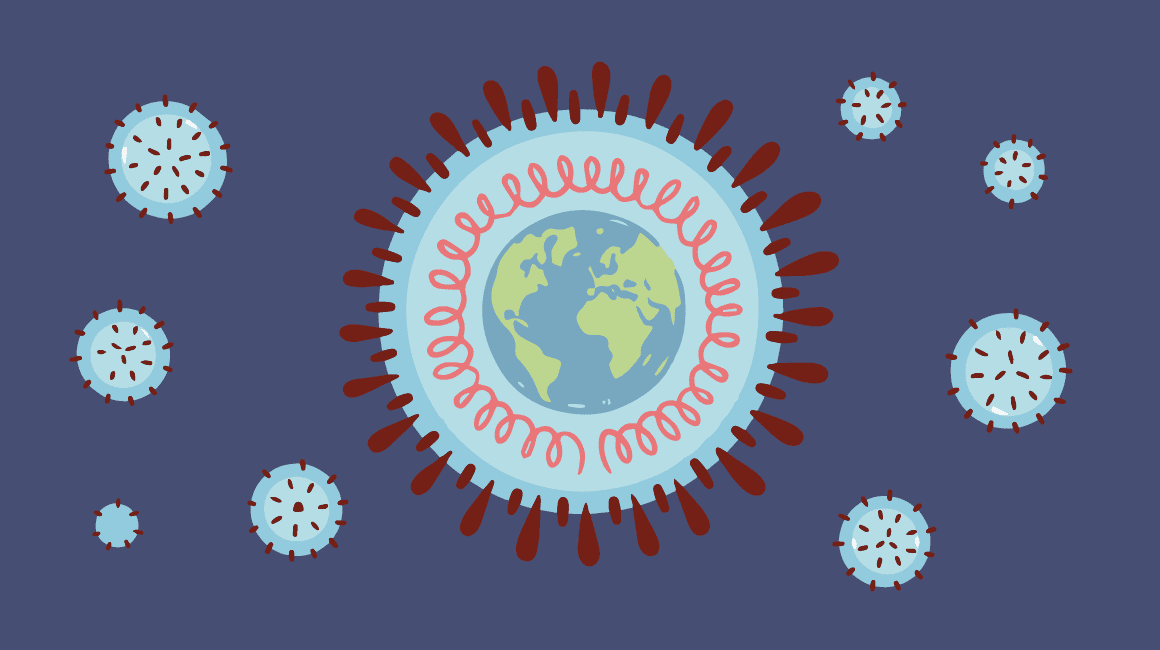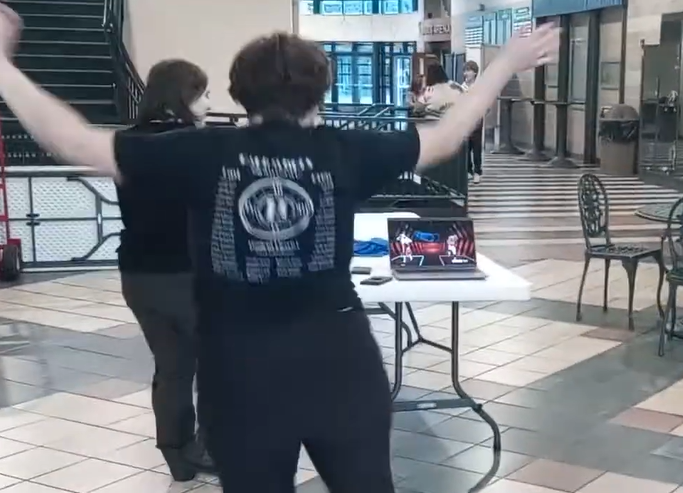On January 19th, 2020, the first COVID-19 illness was recorded in the United States. No one expected the next two months would be spent declaring the corona virus a global pandemic by the World Health Organization and closing down schools across the nation. Many students were celebrating the “three-week break,” not anticipating that the school closures would carry into the next school year.
With most teachers and students having little to no experience in online learning, the chaos of the pandemic made the adjustment to remote learning difficult. Students had difficulty staying focused and weren’t able to be instructed properly online, causing them to fall behind. In a survey done by GAO, 60% of K-12 virtual learning teachers said their students had more difficulty understanding lessons compared to a typical school year. In an interview with 12th grade english teacher Jane Hinterlong, she revealed that she had problems with students not showing up for online classes, which was a struggle in all districts across the United States. According to an article by Notre Dame News, chronic absenteeism rates increased from 16% in 2018-2019, to 30% in 2021 and 2022. Mrs. Hinterlong also stated that there were too many distractions due to being at home for not only students, but teachers as well.
COVID-19 also affected a great number of students’ most important year of their entire school careers: Senior year. Your senior year is meant to be spent with friends, enjoying your final year of adolescence, but COVID unfortunately caused many schools to cancel special events like dances and even graduation ceremonies. Missing out on events like these also stunted the growth of social skills for many individuals. Being unable to connect with friends and family in person made it difficult to maintain existing relationships. A researcher named Avi Wolfman-Arent states that social skills don’t just develop on their own; they develop in situations where one must interact with their peers.
Mental health struggles were quite evident during the pandemic in all age groups, though specifically teenagers. Cases in illnesses such as Anxiety, Depression, and Schizophrenia all increased by 60% to 90%. Reports of self-harm and substance abuse also skyrocketed for teens ages 13 to 18 years old.
When returning to in-person learning, Hinterlong and assistant principal Lindsey Long had struggles connecting with students. Being a high school Spanish teacher at the time, Long had difficulty teaching students the correct pronunciations while wearing masks. There were also problems with students not being cooperative with the masks and COVID safety protocols.
Not only did COVID-19 influence individuals, but it also had major consequences for the economy. Several studies have estimated its total impacts on the GDP in the trillions of dollars, even before other variants of the virus had hit. Many businesses closed or lost business causing 6.2 million people to be out of jobs or working fewer hours, leaving many families struggling to make ends meet.
In situations like these, it’s important to find your silver lining. Although many lives were lost and many aspects of life were impacted negatively, this was definitely a learning experience for everyone. The pandemic made us realize the importance of human connection, which is oftentimes forgotten. Never take anything for granted, because you never know when a deadly virus could take everything from you.

